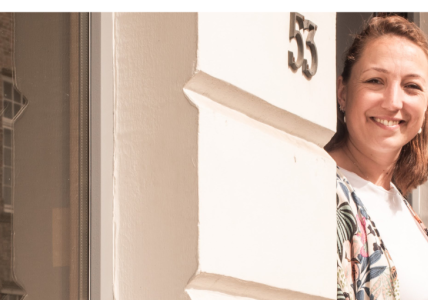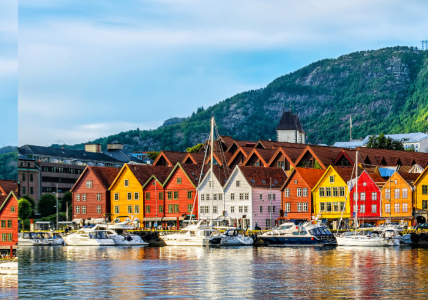The project North Sea Wrecks (NSW) brought attention to wartime legacies and the environmental impact of munitions left in the North Sea. The project made clear that this is more than an explosion hazard. The problem of insidious toxic pollution from chemicals such as TNT is just as big.
Decades after World War I and World War II, thousands of ship and aircraft wrecks are still found at the bottom of the North Sea, with tonnes of munitions trapped in the sunken vessels. These wartime wrecks pose a threat to humans and the environment. They also jeopardise blue growth operations such as shipping, tourism, mariculture, and offshore wind farms.
Underwater munitions pose explosion hazards and toxicological risks for shipping and fishing. In addition, the cargo and fuel (mostly oil) still found in war wrecks constitute an environmental risk that is not sufficiently addressed by existing regulations.
Before we started NSW, scientists reported a lack of knowledge about the location of wrecks, munitions, lost materials, and sea-dumped (chemical) waste and its composition. Furthermore, there was a lack of cooperation and joint strategy to tackle this problem.
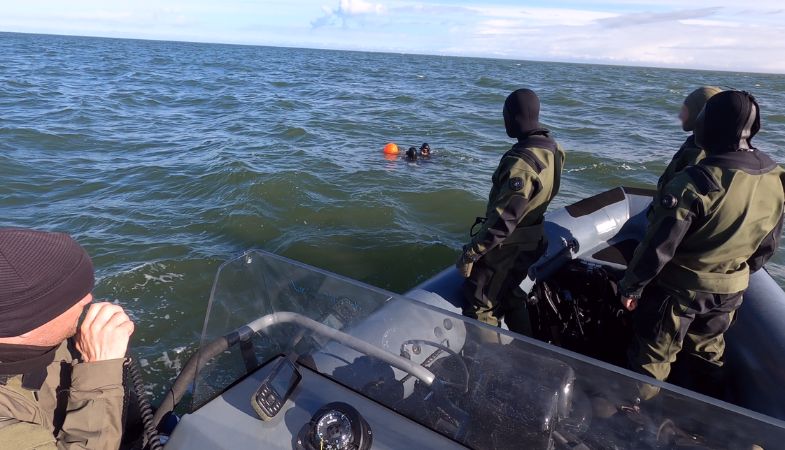
NSW diving operation © 2017-2023 Katrine Juul Andresen / Aarhus University
Filling in the blanks
In 2018, North Sea Wrecks set out to gather more knowledge about the risks and build the capacity of stakeholders to understand and manage them.
It took 60 months of intense activity to reach our goals. Much of this time was spent diving into data sources, organising research cruises, surveying 15 wrecks, collecting several hundred samples in six wreck sites, and conducting numerous (eco)toxicological analyses of fish, mussels, water and sediments.

An NSW crew surveying wrecks. © 2021 Sven Bergmann, German Maritime Museum.
In NSW, we combined interdisciplinary methods to map and investigate wrecks and munitions. This resulted in in a scalable methodology that will ensure a coherent approach to surveying and prioritising interventions across borders in the North Sea Region.
We built the Data Source Inventory & UXO Warehouse Database, very useful sources of data freely available for experts to consult. NSW also produced the risk assessment tool WRECKNS. This is a decision support tool helping authorities, response organisations, economic actors, and others to assess the risks and propose solutions regarding wrecks and munitions in the North Sea. It calculates the risks automatically, and wrecks are compared and prioritised according to their risk. It also assists the user to keep track of those wrecks which may be of concern or priority.
We established a close collaboration between software partners, our surveying, and analytical colleagues to successfully transfer the unstructured and heterogeneous datasets to the risk assessment tool. This involved a meticulous process of data integration, standardisation, and harmonisation to ensure compatibility with the North.io platform.
Influencing North Sea policy
The project also set up policy recommendations to make change happen. The partners successfully worked together with The Convention for the Protection of the Marine Environment of the North-East Atlantic (OSPAR) and its national delegations. This led to the revision of OSPAR’s Environmental Impacts of Human Activities Committee (EIHA) Recommendation 2010/20.
In 2023, OSPAR approved the revision of Recommendation 2010/20 on encounters with munitions. The Recommendation now includes a reference to the NSW project and states that Contracting Parties should promote information sharing on munitions in general, especially on environmental risk assessment of conventional and chemical munitions within the OSPAR maritime area, with the aim of developing a shared approach.
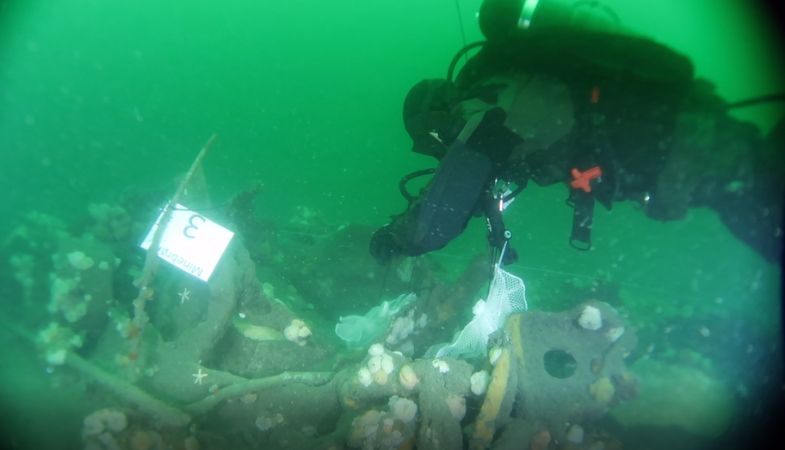
NSW diving operation in the North Sea. © 2017-2023 Katrine Juul Andresen / Aarhus University.
Boosting knowledge and public interest
We also made an effort to raise awareness of the issue of wartime wrecks in the North Sea on a broader scale.
In September 2022, we organised the NSW Summer School in the Dutch city of Terschelling offering lectures by project partners and the UK Ministry of Defence. The course content has since been partly implemented in the NHL Stenden University's curricula.
In addition, we set up a multilingual travelling exhibition that toured through five North Sea Region countries. It was shown in a variety of locations, from science and maritime festivals to museums and large fairs. The aim was to raise public awareness of North Sea wartime wrecks and involve political actors in the NSW transnational network formed by project partners and advisory board members. The exhibition was visited by over 35,000 people between August 2021 and April 2023. It will now become part of the permanent exhibition at the German Maritime Museum.

The NSW traveling exhibition about the toxic legacy of war was a huge success. © Niels Hollmeyer / North Sea Wrecks
The final symposium in April 2023 in Bremerhaven was the crowning event of the project, presenting the main project results and conclusions in front of experts, stakeholders and politicians participating on site and online. In addition, there was huge press interest resulting in more than 40 media entries (press, radio, and TV).
An article featuring the project, published in Frontiers in Marine Science, made headlines worldwide. The story focused on NSW's discovery that substances leaking from the WWII John Mahn shipwreck still impact the marine environment. The article was among the top 10 Frontiers stories most publicised by global top media in 2022.
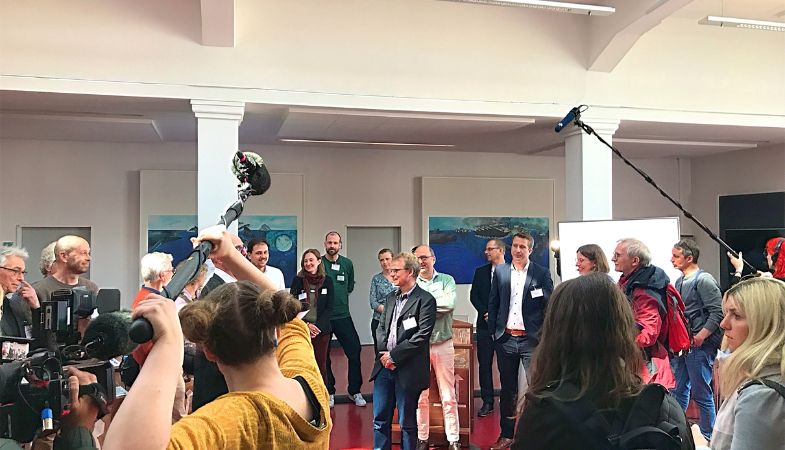
NSW final symposium. © 2023 Cornelia Riml, German Maritime Museum.
Transnational cooperation provides authority
The partnership consisted of a multidisciplinary transnational consortium of universities, research institutions, state agencies, and private companies to reinforce necessary competences to carry out the work plan.
In addition, the project counted with a high-level Advisory Board. This helped widen the geographic scope of influence and involve stakeholders like ministries and navies beyond the North Sea. The inclusion of these key actors was crucial for achieving the political influence necessary for the project aim and for intensifying the cooperation with international organisations like the OSPAR Convention.
The authority, given by the project, was and is imperative for high-level policy actions. Thanks to the transnational character of NSW, we approached the different OSPAR delegations with improved recommendations.
Our achievements and results were based on a joint and multidisciplinary effort, from acquiring, structuring and transferring data to building the North Sea Wrecks Tool.
Transnational collaboration included, for example, organisation of joint wrecks surveying expeditions in different territorial waters; joint use of research infrastructures (research vessels and laboratories); organisation of the NSW Summer School; planning of our travelling exhibition; joint publication of scientific papers; and coordinated work with OSPAR Committees to influence policy.
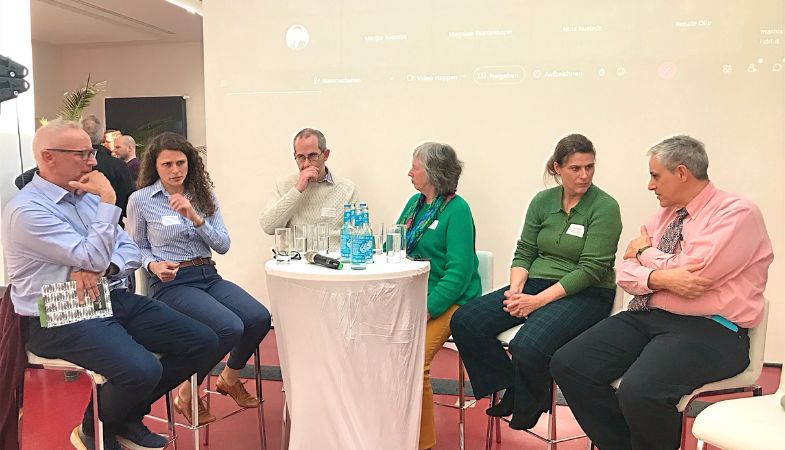
Members of the NSW Advisory Board. Image © 2023 IkerConsulting European & Regional Innovation.
What comes next?
Collaboration on this sensitive topic is essential. This will become even more evident in the coming years as munition shells rust.
Fortunately, the cooperation does not end with NSW. The NSW transnational network will continue our work by assessing and mitigating risks deriving from more than 1,000 wrecks in the North Sea. These wrecks are all deemed to present risks to the environment and human safety, among others. We will do so in the framework of the new Interreg North Sea project REMARCO.
REMARCO will test, pilot, and assess a range of mitigation techniques. In addition, the project will conduct food chain risk analysis for seafood consumers. The project will gauge the risk of chemicals ending up in human food through involving public authorities and agencies like the European Food Safety Authority.
In this way, REMARCO continues where NSW left off. The ultimate goal remains the same: To make the North Sea a cleaner and safer space.
Finally, NSW created a transnational network ensuring cooperation beyond the project lifetime and the durability of project results. During the project period, important national stakeholders joined the network, providing content input and opening doors to international bodies.
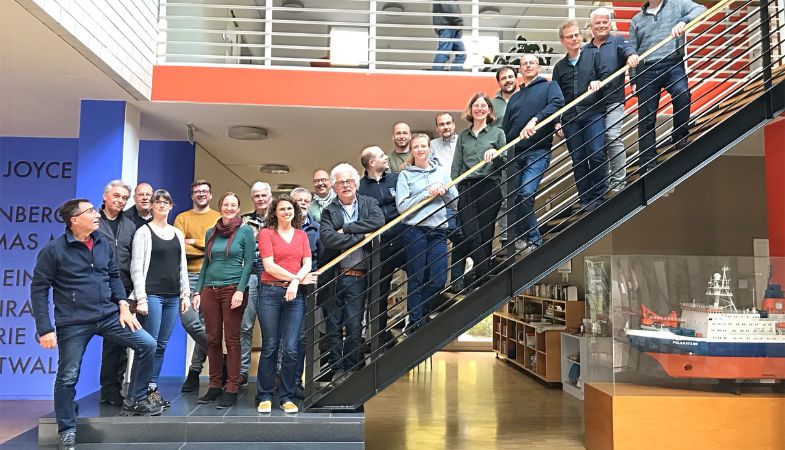
Members of the NSW project partnership. Image © 2023 IkerConsulting European & Regional Innovation
Top three project highlights
Tools to identify & manage risks
The NSW Risk Assessment tool and the database represent new core assets for authorities and experts involved in managing the risks of wartime wrecks.
Policy influence
With the weight and authority of the NSW project, the partners were able to put wartime wrecks on the OSPAR agenda.
Transnational network
The project gave rise to a new professional network focused on wartime wrecks in the North Sea. The network involves key national stakeholders, authorities and experts.
NSW key facts
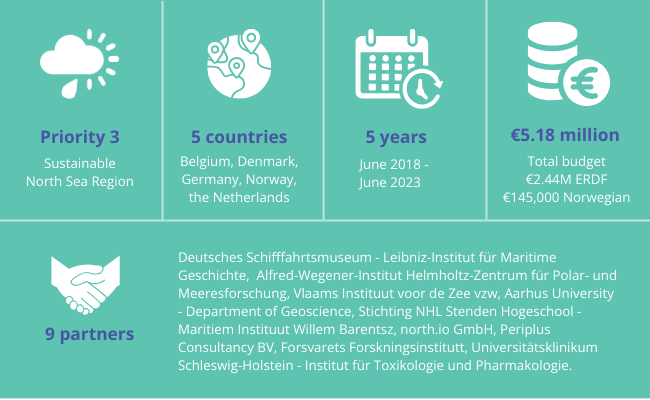
Learn more
To learn more about the project, explore the NSW website. You will find information and links to all the NSW tools in the Output Library.
Get in touch
Feel free to contact any of the partners:
- Deutsches Schifffahrtsmuseum - Leibniz-Institut für Maritime Geschichte (German Maritime Museum – Leibniz Institute for Maritime History, DSM)
Contact person: Sven Bergmann. E-Mail: bergmann@dsm.museum
- Alfred-Wegener-Institut Helmholtz-Zentrum für Polar- und Meeresforschung (Alfred-Wegener-Institute Helmholtz Centre for Polar and Marine Research, AWI. Contact person: Matthias Brenner. E-mail: Matthias.Brenner@awi.de
- Vlaams Instituut voor de Zee vzw (Flanders Marine Institute, VLIZ)
Contact person: Maarten de Rijcke.E-Mail: maarten.de.rijcke@vliz.be
- Aarhus University - Department of Geoscience (AU-DG)
Contact person: Katrine Jul Andresen.E-mail: katrine.andresen@geo.au.dk
- Stichting NHL Stenden Hogeschool - Maritiem Instituut Willem Barentsz (NHL Stenden University of Applied Sciences - Maritime Institute Willem Barentsz, NHL - MIWB). Contact person: Welmoed van der Velde.E-Mail: welmoed.van.der.velde@nhlstenden.com
- north.io GmbH (north.io GmbH, north.io)
Contact person: Jann Wendt. E-Mail: jwendt@north.io
- Periplus Consultancy BV (Periplus Consultancy BV, Periplus)
Contact person: Bart van Mierlo.E-Mail:b.v.mierlo@periplus.nl
- Forsvarets Forskningsinstitutt (Norwegian Defence Research Establishment, FFI)
Contact person: John A. Tørnes.E-Mail: john-aa.tornes@ffi.no
- Universitätsklinikum Schleswig-Holstein - Institut für Toxikologie und Pharmakologie (University Medical School Schleswig-Holstein, Institute of Toxicology and Pharmacology, UKSH). Contact person: Edmund maser.E-Mail: maser@toxi.uni-kiel.de
About the author
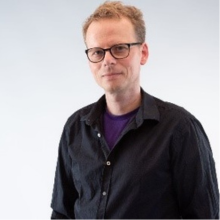
Sven Bergmann is a senior researcher and curator at the German Maritime Museum – Leibniz Institute for Maritime History (DSM) in Bremerhaven.
With a background in social anthropology and science and technology studies, his research in recent years has focused on ‘slow disasters’ such as microplastics or underwater munitions in the ocean.
Top image © Deutsches Schiffartsmuseum.
